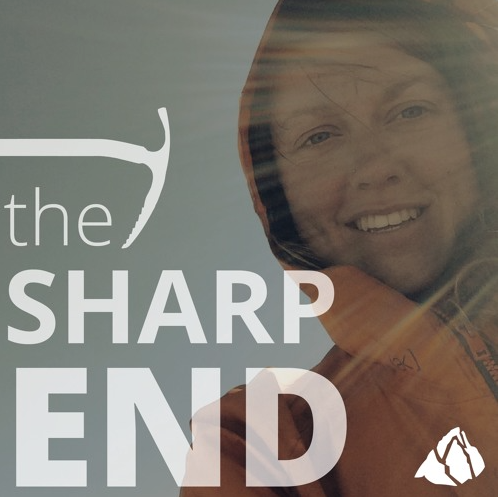Lowering Error — Rope Too Short, No Stopper Knot
Idaho, City of Rocks National Reserve, Super Hits Wall

On May 26, Brock Anderson and his family witnessed a tragic accident on the Super Hits Wall at the City of Rocks. They were sharing laps on two climbs with another married couple when a group of four young men joined their group. Anderson wrote to ANAC:
The climbers had general knowledge of the area, but very little beta and no guidebook. We helped them identify the routes. One of the climbers, Kyle Melby (22), led Twist and Crawl (5.8). My son was reading a book directly under the route as we began wrapping up. I had a premonition that he wasn’t in a safe place. I asked him to move 50 feet to a shaded boulder. I thought nothing of it, just a Dad instinct thing.
Kyle was finishing Twist and Crawl, and the two others were preparing to climb Mystery Achievement (5.7), as our group headed out. We were 60 seconds down the trail when we heard Kyle fall, impacting the rock. He’d been lowered off the end of his rope. While we didn’t see the fall, we understand that he fell feet-first onto a flake near the bottom. He landed, tilted backward, and impacted the back left side of his head, crushing his helmet and sustaining a horrible head injury. The total fall was about 35 feet.
I ran to my truck and grabbed my trauma kit, along with a Garmin inReach. We were able to stop the bleeding fairly quickly, conduct a visual inspection, do a C-spine assessment, and get an SOS out.
It was miraculous that Kyle’s only injury appeared to be his head wound. He was belligerent and disoriented (often the case with head injuries). With the help of several other trained first responders, we were able to calm him somewhat, but we couldn’t keep him still. Within the hour, a helicopter was on the ground at Bread Loaves and several local agencies were on the scene. They helped transport Kyle via backboard to my truck and up the road to the helicopter. Kyle was flown to Pocatello. We believed he would be fine, but two days later he had died from his injuries.
ANALYSIS
Lowering accidents are all too frequent. Twist and Crawl is 33 meters long and thus requires a 70-meter rope to allow an interrupted lower while retaining a reasonable margin of safety. A rough calculation, factoring in the length of route, length of fall, and rope stretch, indicates that Melby was most likely being lowered on a rope between 50 and 60 meters long.
Anderson, a licensed raft guide, provided these recommendations after the accident:
• Keep a closed system. Use stopper knots at the end of your rope.
• Speak out if you see an error. I wish I had said something. Some climbers may take offense or feel like you’re imposing on their experience, but it is worth going the extra mile. My premonition to move my son from the fall area could have included a friendly question about whether they knew the route was long and that a 60-meter rope might not be enough.
• Learn about where you are climbing. Nuances like long ropes being standard at the City are important details. (Source: Brock Anderson.)

